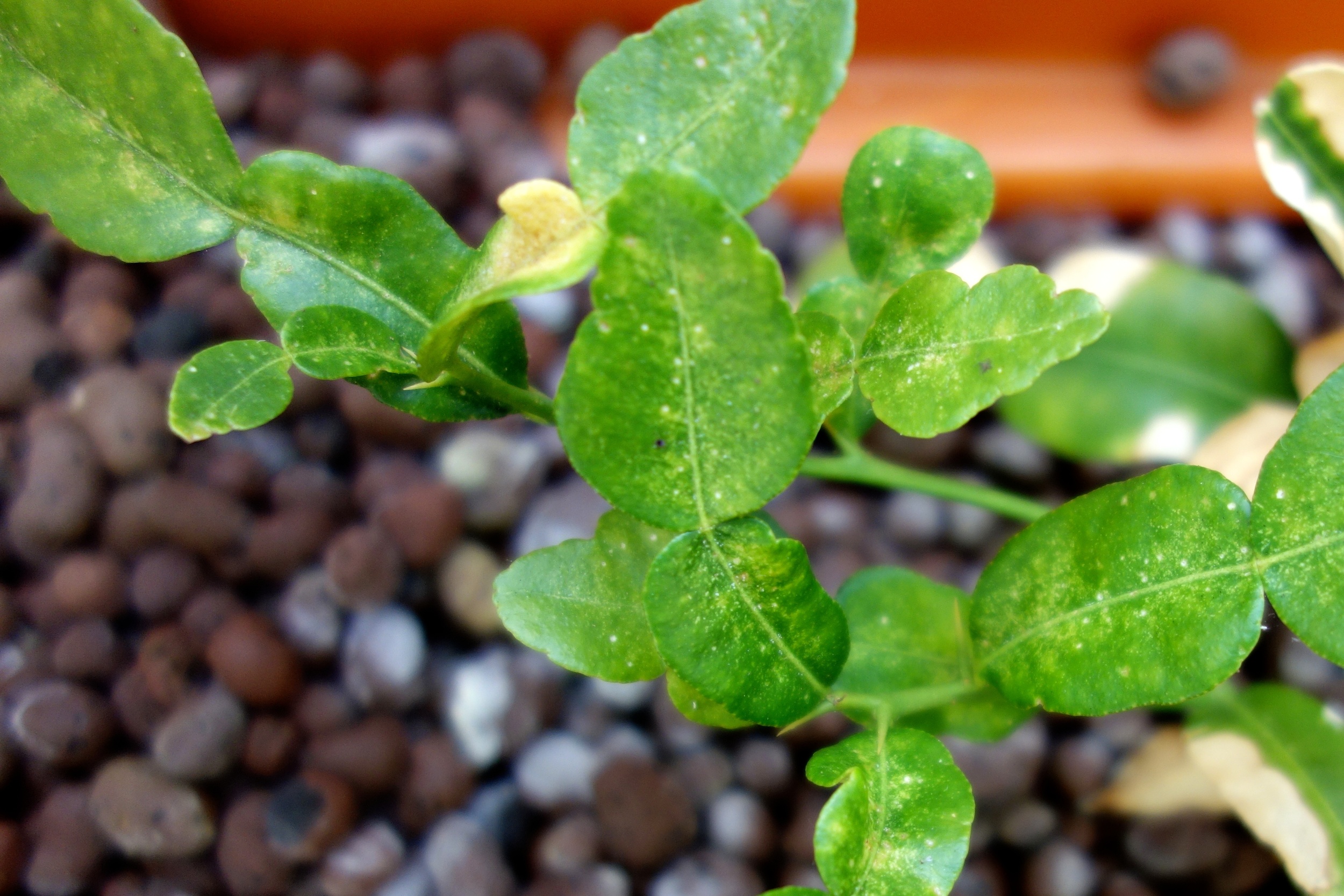Those people who follow me on Facebook, Twitter or Instagram know I started an aquaponic system earlier this year. An aquaponic system is a closed ecosystem where fish and plants are raised together. The system is self sustaining, and after it gets going it will accelerate as the fish grow, nitrogen fixing bacteria become better established, etc. If you are interested in learning more about these systems, The Aquaponic Source hosts a large discussion forum and provides many other resources.
I set my aquaponic system up in January, but it did not successfully "cycle" until mid-May due to some errors I made in maintaining the system chemistry. Cycling is the process of getting the nitrogen fixing bacteria established to convert fish urine to nitrites and nitrates. Without it, no fertilizer is created to support plant growth and ammonia builds up, eventually killing the fish.
The results of successfully cycling my system have been dramatic. After having about ten fish die as a result of excess ammonia, the remaining 25-30 tilapia are thriving, and have roughly quadrupled in size. The plants are mostly thriving, growing quickly and appearing healthy and vigorous.
Kaffir Lime
The two biggest exceptions to my comment about the plants thriving are two culinary perennials I planted before the system cycled, kaffir lime and curry leaf plant. Both of these are used in Asian cooking, and the curry leaf is critical to South Indian cuisine. The kaffir lime is surviving, but not thriving (above). The leaves have yellow speckles and it has only put out a few new leaves (which seem to appear an entire branch at a time).
The curry leaf plant (not pictured) I think is almost dead. It puts out a few new leaves, but they have been curling up and falling off. Now that the system has cycled I am going to try starting with a fresh plant.
My tomatoes are a mixed story. The plants and foliage are growing vey well, and the few fruit are juicy and delicious. However, few new fruit are setting. My theory is I planted too many plants, and the system is too recently established to provide the nutrient density to support active fruit production. I am going to try pulling out most or all of the current plants, and seeing if a few plants of small tomato varieties can produce better. Photos below show the few fruit produced, and the dense tomato foliage with few fruit.
Herbs have been my biggest success so far. We now use basil from the aquaponic system, including Italian, red and Thai for cooking and garnish. It is absolutely thriving. Our thyme is more vibrant than any thyme I have grown outside, and we also have Mexican oregano and tarragon that are doing well. The only exceptions on the herb front are cilantro and parsley. They have just not done well. I am not sure the problem, and I am going to try these again starting myself from seed rather than buying plants.
Italian Basil
Thyme and Mexican Oregano
I also have two other plants that so far are doing well. I have a recently planted jalapeno that has started to flower and put our new leaves. I will be interested to see if it suffers the same problem as the tomatoes, all leaves and no fruit. I also planted lemon grass, and it loves its new environment. I have a suspicion that within a few months it may take over more space than I want to give it. Fortunately it is a versatile plant and I am sure I can find ways to use however much I can produce. If nothing else it makes great gin & tonics.
Jalapeno
Lemon Grass












